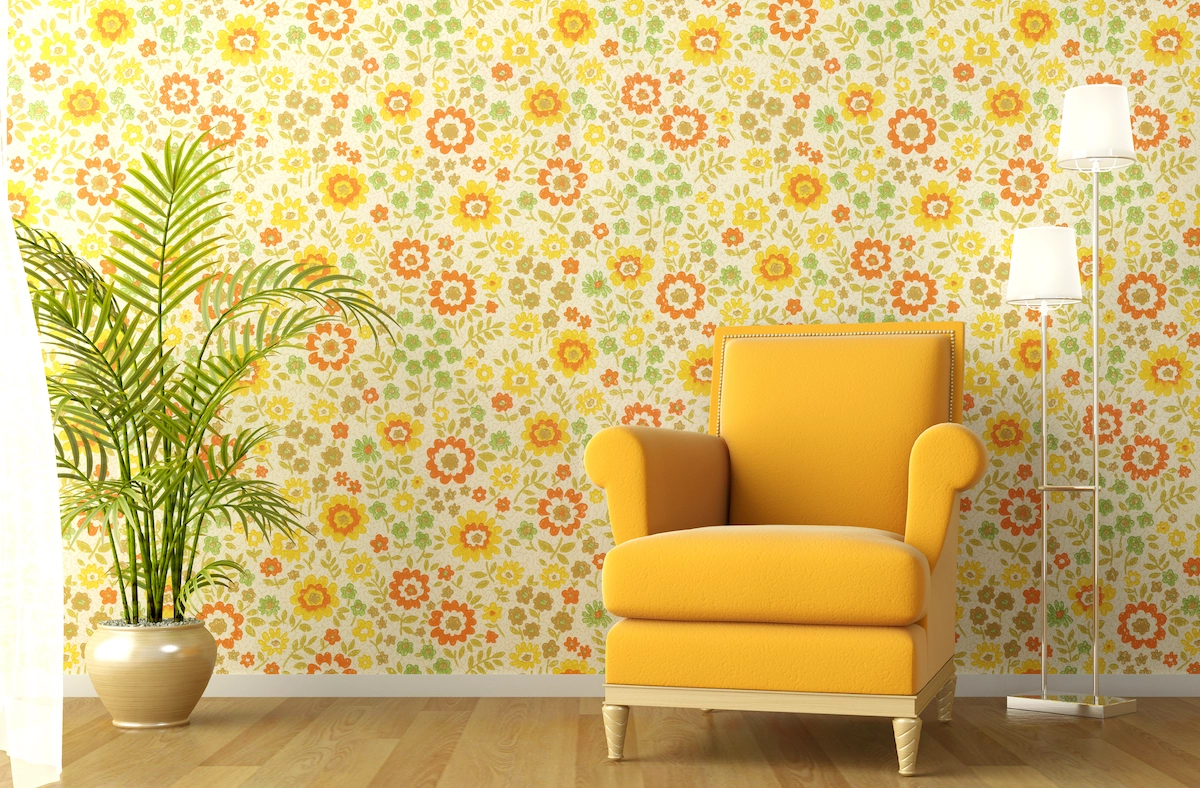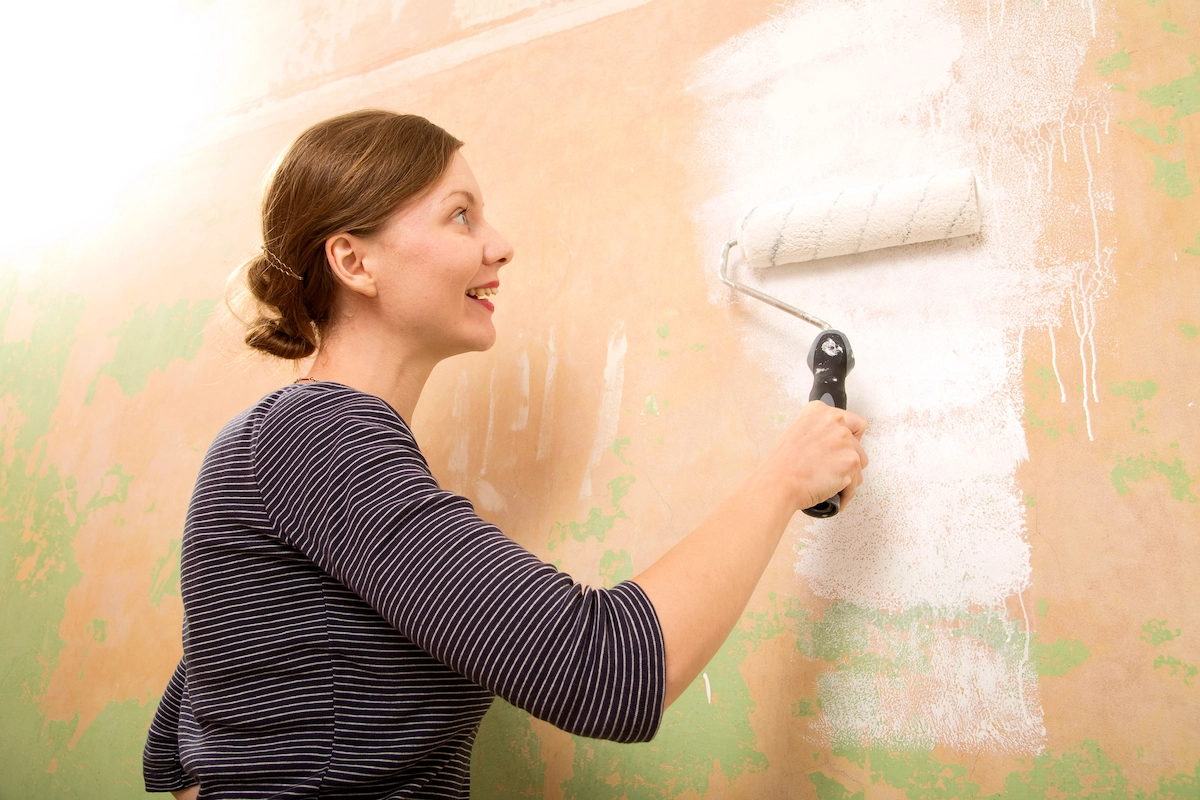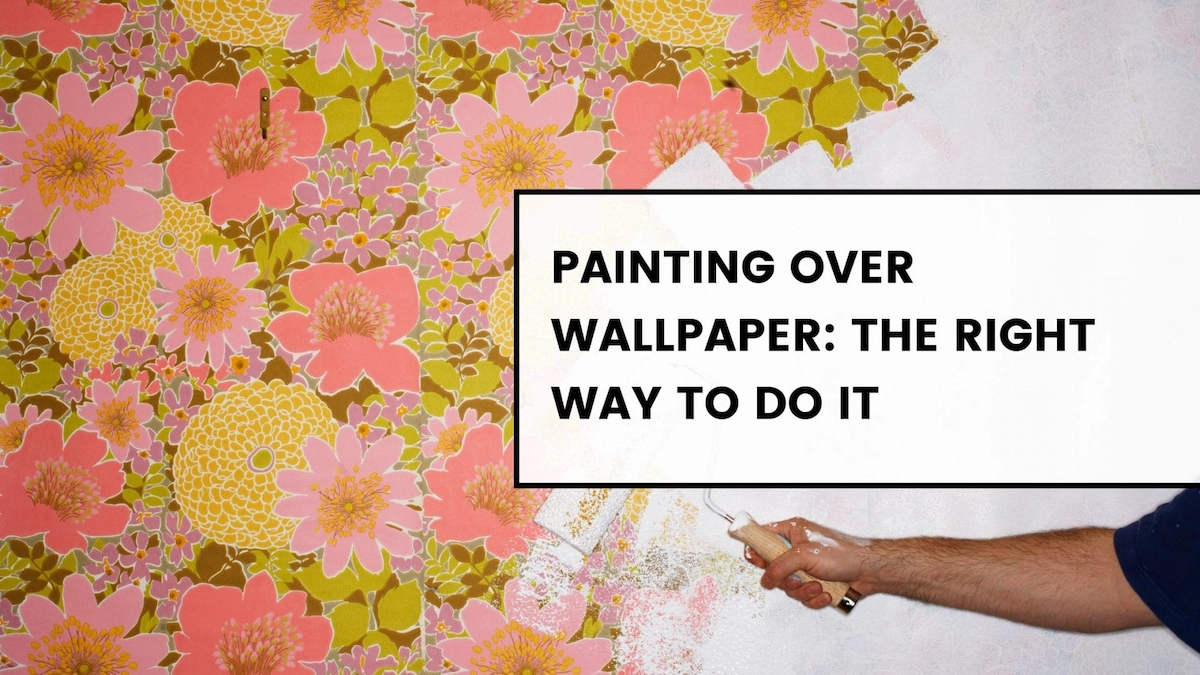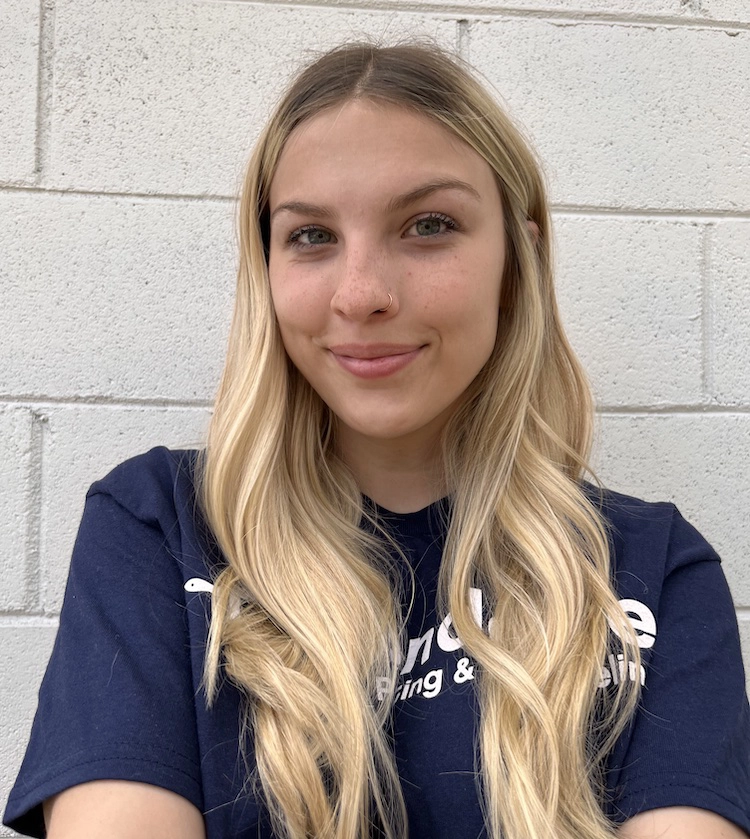Expert Secrets: How to Paint Over Wallpaper Perfectly
Your Complete Guide: Transforming Old Wallpaper into a Fresh New Surface
Is Painting Over Wallpaper a Good Idea?
You’re tired of looking at the same old, potentially ugly wallpaper that’s been in your room for years. One home improvement idea that might have crossed your mind is to simply cover it with a new layer of paint. While painting over wallpaper can breathe new life into a room, it’s not always the best solution for every situation. Several factors, such as the type and condition of your wallpaper, can determine the results of your project.
For those seeking professional help, Dependable Paint’s Interior Painting services can handle this task efficiently. To avoid the potential challenges of a DIY project, consider the House Painting services we offer for a stress-free, high-quality transformation.
What Type of Wallpaper Is It?
Preparation work begins by identifying what type of wallpaper you’re dealing with. The different types of wallpaper, such as vinyl, non-woven, foil, or paper, can affect how well paint adheres to it.
The easiest type of wallpaper to paint over is paper-based wallpaper. This is because it is porous, meaning it absorbs the primer and paint, providing a stable surface for the paint to stick to. Conversely, vinyl or foil wallpapers are non-porous, making it harder for the paint to adhere properly.
So, how can you determine what type of wallpaper is currently on your walls?
Here are a few tips:
Feel the Texture: Vinyl wallpaper often feels slightly thicker and more plastic-like compared to its paper counterparts. On the other hand, paper-based wallpaper is thinner and less rigid.
Scratch Test: Use your fingernail or a small knife to scratch the surface gently. If the top layer peels away easily and reveals a papery layer beneath, it’s likely vinyl.
Water Test: Dampen a small, inconspicuous area with water. If the water beads and does not absorb into the wallpaper, it is likely vinyl or foil.
If your wallpaper is vinyl or another non-porous material, don’t despair. It may require an extra step in your prep work (like sanding or applying an oil-based primer), but it can still be painted over.
The most important thing is understanding what you’re working with before you begin. This will help you gather the right tools and products, prepare the surface properly, and ultimately achieve the best possible results for your project.
If you’re unsure about identifying your wallpaper type, consider reaching out to us here at Dependable Painting & Remodeling for advice. Our home improvement experience can help guide you, ensuring your painting project is a success. Remember, every wallpaper is different, and thus, every painting project will be unique.
What Is the Condition of the Wallpaper?
Next, assess the condition of the wallpaper. Is it bubbling, peeling at the edges, or showing visible seams? If so, removing it before painting would be advisable. However, if your wallpaper is firmly adhered to the wall, painting over it could be a practical way to create a different look in your room.
Can You Paint Directly Over Wallpaper?

Yes, you can, but it requires meticulous prep work and the right tools. Before painting, you might want to clean the wall with a solution of trisodium phosphate (TSP) and water. TSP is a heavy-duty cleaner that can help remove any grease, dirt, or other residues from the wallpaper, ensuring a clean surface for your paint to adhere to. Be sure to rinse the walls thoroughly after using TSP and allow them to dry completely. You want to use water sparingly to avoid saturating the paper. Be sure to address any damaged areas or loose corners, using wallpaper glue to ensure they’re secured.
Do I Need a Primer to Paint Over Wallpaper?
Yes, you do. Primer acts as a protective layer that prevents the wallpaper from absorbing moisture from the paint, which could cause it to bubble or peel. Using a tray and roller, apply the primer evenly across the large areas of your wall. Use a brush to cut in at the edges and corners to ensure every part of the wallpaper is primed.
What Kind of Paint Do You Use Over Wallpaper?
Choosing the right paint to use over wallpaper is key to achieving the best results. You want a paint that not only offers a beautiful finish but also excels at hiding the underlying wallpaper, ensuring that the old colors and patterns don’t peek through.
There are two primary types of paint you might consider for your project: oil-based paint and latex (or water-based) paint.
Oil-Based Paint Oil-based paint is a good choice for painting over wallpaper because of its superior adhesion properties. It sticks well to most surfaces, including the somewhat tricky surfaces of vinyl or foil wallpapers. Oil-based paint is also excellent at hiding old wallpaper designs and colors, as it provides a thick, opaque layer that can conceal the wallpaper beneath.
However, it’s important to remember that oil-based paint can have a stronger odor than its latex counterpart and takes longer to dry. You will also need mineral spirits for cleanup.
Latex Paint Latex paint is another great option, popular due to its ease of application and cleanup with water. It dries faster than oil-based paint, has less of an odor, and comes in a wide variety of colors for ultimate customization.
When using latex paint, it’s important to ensure you have a good primer underneath, especially when painting over vinyl or other non-porous wallpapers. This helps the paint adhere to the surface properly.
The Best Time to Paint Over Wallpaper

One of the best times to paint over wallpaper is during mild, dry weather. This is typically in the spring or fall when temperatures are neither too hot nor too cold, and the humidity levels are moderate. These conditions allow for ideal drying times - not too slow and not too fast.
It’s also best to start your painting project early in the day. This provides ample daylight to ensure you can see the color accurately and spot any imperfections, and it also gives the paint plenty of time to dry before the cooler and potentially more humid night sets in.
In terms of indoor conditions, you want to ensure the room you’re painting is well-ventilated. Good air circulation helps the paint to dry evenly and more quickly and also helps to dissipate paint fumes.
The Worst Time to Paint Over Wallpaper
Conversely, the worst time to paint over wallpaper is when conditions are excessively hot, cold, or humid. High humidity or extreme temperatures can negatively affect how the paint dries, leading to issues like peeling, blistering, or uneven color.
Specifically, in high humidity, paint may take longer to dry and can even stay tacky for an extended period. In contrast, when it’s too hot, paint may dry too quickly, making it more difficult to achieve an even application and potentially leading to visible brush or roll marks.
Cold weather can also hinder your painting project. When it’s too cold, paint can have difficulty adhering correctly to the surface, leading to an uneven finish or potential peeling down the line.
Remember, while these are general guidelines, each painting project is unique. Your specific conditions may vary, and thus your timing may need to be adjusted accordingly. By understanding the best and worst times to paint over wallpaper, you can schedule your project for success, ensuring a fresh and vibrant new look for your room. If you’re ever uncertain, don’t hesitate to reach out to professionals who can provide expert advice tailored to your specific situation.
How Many Coats of Paint Should Be Applied?
Typically, after priming, one or two coats of paint should suffice. However, this may vary depending on the color of your wallpaper and the type of paint you use. After applying each coat, allow it to dry completely, then assess if more paint is needed.
As you can see, painting over wallpaper isn’t merely about covering the old; it’s about creating a fresh new surface that transforms your room. The same wallpaper can yield different results with a fresh coat of paint with a bit of effort and the right approach.
This comprehensive guide should answer all your questions on painting over wallpaper. Happy painting, and here’s to a beautifully refreshed room!

